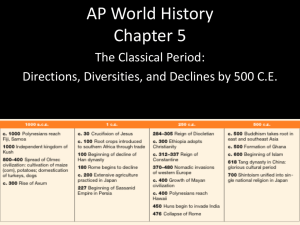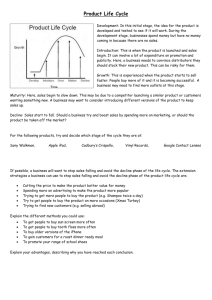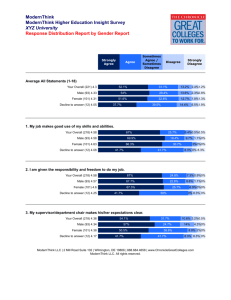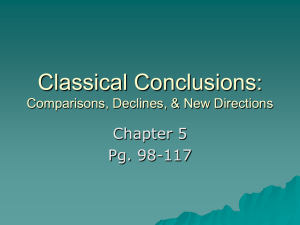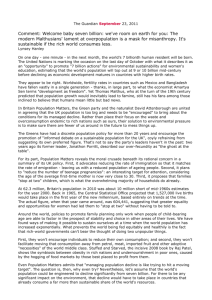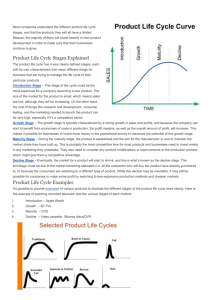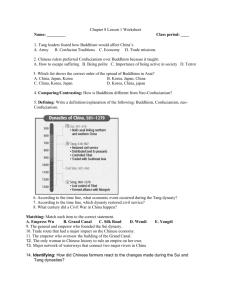AP World History Chapter 5
advertisement
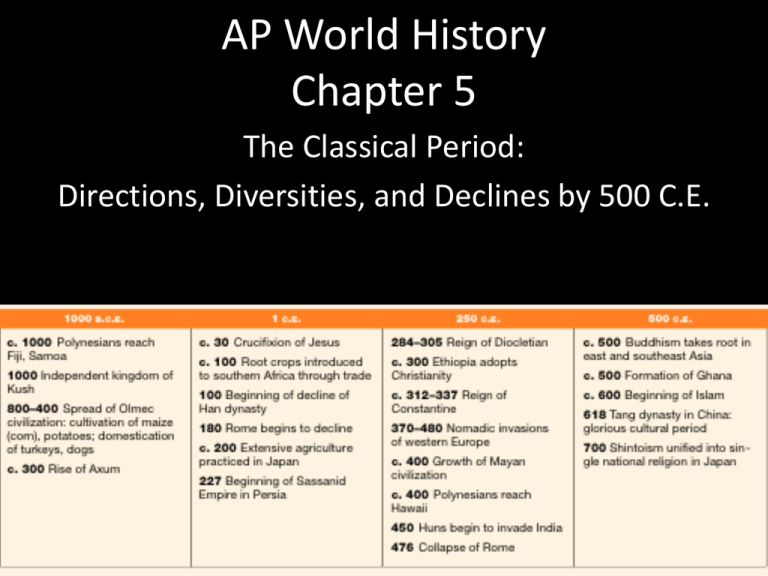
AP World History Chapter 5 The Classical Period: Directions, Diversities, and Declines by 500 C.E. China Decline • Han Dynasty – decline ca. 100 C.E. – Daoism and Buddhism gain popularity • Yellow Turbans – Invasions from nomads (Hsiung- nu) – Political decentralization • Sui Dynasty • Tang – from 618 C.E. – Continuity China Decline Sui Dynasty (589 CE) - reestablish order in China - Confucian culture/ traditions kept by the elite classes - Invading nomads settled and assimilated into Chinese culture India Decline • Invasions from 600 C.E. – Invaders from central steppes (500 CE to 600 CE) – Gupta empire destroyed • Fragmentation – Rajput • Replaced centralized rule of Guptas • Buddhism declined • Hinduism – worship of Devi popular Decline and Fall in Rome • Leadership -weak emperors Plagues • • • Change from republican values to hedonism Diocletian (284–305 C.E.) -emperor worship Decline in trade - Small landowners vs. large landowners Decline in urban populations - Conflict with large Christian community - Constantine (312-337 C.E.) - Constantinople - Converts to Christianity Two Empires Eastern • Population – Greek • Constantinople • Byzantine Empire • Justinian (527–565 C.E.) – Justinian Code • Thrived and continued to trade Western • Population – Latin, Germanic • Rome • decline, vulnerable Western Europe • Centralized government replaced by allegiances to Germanic kings Contributing to Fall of Rome • Middle East – Parthian Empire • Sassanids – from 227 C.E. – Zoroastrianism – North Africa • Augustine – bishop of Hippo – Coptic church The New Religious Map • Common Features – spiritual focus – Afterlife – emerge in period of political instability • Hinduism, Buddhism, and Daoism • Buddhism – changes as it spreads – Bodhisattvas – Nirvana • Mahayana – China, Korea, Japan – minority religion Christianity • Institutional church – Roman influence – Papacy – Bishops • Jesus of Nazareth – Salvation – Spread – Paul • Doctrine – trinity • Monasticism – Benedict of Nursia Rule • Women – spiritual equals of men
